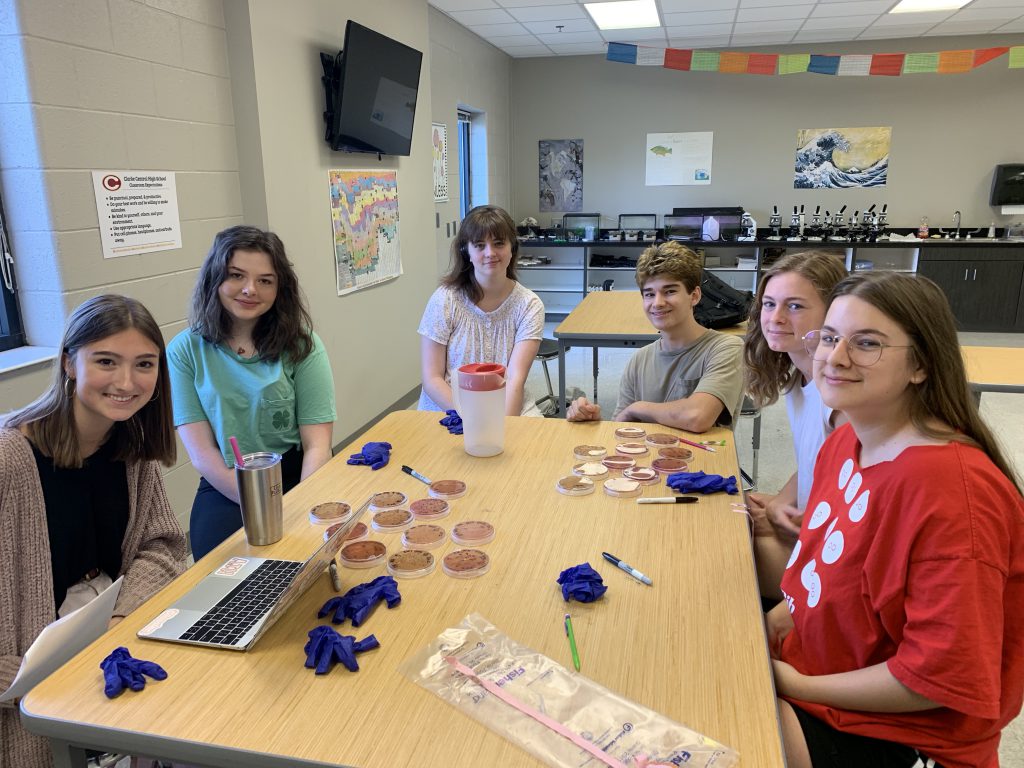Nina Boone
About 9% of Americans have diabetes. 95% of people with diabetes have type 2. (1) This means that it is likely that one of your family members, friends or even you could develop this disease! Type 2 diabetes normally develops in adults and can lead to death. It is important for you to catch warning signs of diabetes early because it can be prevented. You could develop diabetes from genetics but also from environmental factors. Approximately 70 genes have genetic variations that can impact the trait. (1)
The five most common genes that are associated with type 2 diabetes are TCF7L2, ABCC8, CAPN10, GLUT2, GCGR. (4) TCF7L2 affects insulin secretion and glucose production. ABCC8 helps regulate insulin. CAPN10 is in Mexican-Americans and is associated with type 2 diabetes risk. GLUT2 helps move glucose into the pancreas. GCGR is involved in glucose regulation. (2)
Each gene only contributes 1-2% more risk to developing type 2 diabetes but the more you have the more at risk you are. (3) Environmental factors are more influential than genetic!

Someone could get a genetic test for type 2 diabetes so they can see how at risk they are of developing it in the future. Blood tests are more accurate but more expensive. (1) However, I would not recommend taking one of these tests considering the low likelihood of these genes affecting your chances of getting diabetes.
You might not want to take one of these tests if you have had no one in your family that has had type 2 diabetes and you live a healthy lifestyle. Environmental factors have a large impact on someone’s likelihood of developing type 2 diabetes so eating right and staying active can help you prevent this. (4)

If you do decide to take a genetic test and you test positive for having a gene variation that can cause diabetes, you should get further testing by your doctor to test your glucose levels and see if you already have it. (1) If you don’t, it will be less likely that it will develop if you are healthy, so get active and eat right as well as quit smoking if applicable to lessen your chances of developing it. Eating less sugar as well as keeping your immune system strong are very important. This is why quitting smoking can be detrimental for many people with diabetes. If the test comes back negative, you can still be at risk of developing diabetes so you must also say healthy in order to lessen your chances. You may also want to get regular glucose tests.

Overall, I do not recommend taking a genetic test for type 2 diabetes. There are so many other factors that go in to developing diabetes that it is not worth the cost of paying for a test. I recommend staying as healthy as possible by eating right and exercising regularly. Also if you are very concerned for your risk of having diabetes, get regular check ups with your doctor!
Resources
(1) Dean, Laura. “Genetic Factors in Type 2 Diabetes.” The Genetic Landscape of Diabetes [Internet]., U.S. National Library of Medicine, 7 July 2004, www.ncbi.nlm.nih.gov/books/NBK1665/.
(2) “rs4402960.” SNPedia, www.snpedia.com/index.php/Rs4402960.
(3) “Type-2 Diabetes.” SNPedia, www.snpedia.com/index.php/Type-2_diabetes.
(4) Winter, Sarah. “Genetics of Type 2 Diabetes: Environmental Factors, Prevention, More.” Healthline, Healthline Media, 5 Sept. 2019, www.healthline.com/health/type-2-diabetes/ genetics.



